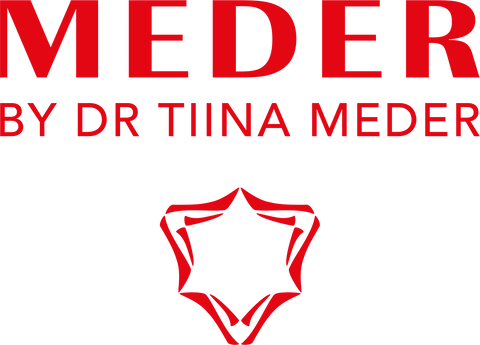Which foods were the culprits?
As it turned out, Western diet had several key differences.
— Higher contents of sugar in daily meals, including sweet drinks and baked goods.
— High daily intake of dairy, especially sweetened milk-based products with high fat contents.
— Higher intake of processed meat, at least 3–4 times a week.
Apparently, acne is uncommon in places where people eat less meat, dairy and processed sugar.
Unfortunately, in some countries this diet has become so ingrained in young people that it seems impossible to break these habits. In the USA for instance, around 80% of fast food consumers are children and teenagers under 18. At this age acne first manifests and accompanied by Western diet this skin condition develops faster, is more severe and harder to treat.
Why do these foods have such effect on skin?
With sugars, high glucose intake can cause glucose intolerance and subsequent metabolic disorders accompanied by high levels of blood sugar. This condition facilitates a more active development of inflammation in the skin.
Basically all foods with high glycemic index when consumed daily present a high risk factor.
Milk and dairy are rich in a specific amino acid, leucine, which is able to stimulate one of the transporters of amino acids in the keratinocytes and sebocytes of the skin launching the cascade of lipogenesis (lipid synthesis) and activating inflammation.
Red meat contains a lot of leucine too and it can cause a similar effect if consumed daily. Cow milk contains androgen precursors DHT (5-alpha pregnane and some others) increasing the activity of 5-alpha reductase, a key enzyme involved in sebum production and consequently in acne pathogenesis.
We must stress here that all these factors on their own can be neutral. High dairy intake in an otherwise fish-and-salad-based diet can be perfectly fine. However, when a person’s diet consists mainly of enriched bread, pastries, milk and cream, sweet yoghurt, cheese and processed meat it spells trouble, especially in teenagers.
Gut microbiome in people with acne has common characteristic features: fewer lactobacteria, bifidobacteria, butyricicocci and some other saprophytic flora, and significantly large numbers of bacteroids. This means that oligosaccharides end up being fermented in the upper section of the intestine which leads to the damage of the mucous coat and insufficient intestinal absorption of important nutrients.
Skin is basically attacked by short-chain fatty acids altering the composition of sebum and damaging the skin’s barrier function. Skin ends up producing so much sebum that it becomes a damaging factor itself activating inflammation, not helping retain water on the skin surface and promoting the excessive growth of microorganisms Cutibacterium (previously referred to as Propionibacterium) acnes and Malassezia fungus, whose life cycle byproducts activate and spread inflammation.
Is there any good news?
Yes! Turns out increasing gut microbiome diversity and restoring the population of beneficial bacteria helps improve the skin condition as well. Even better news is, changing one’s diet restores microbiome in just a few weeks and acne symptoms become less severe, inflammatory elements and the synthesis of sebum decrease making acne therapy easier and more successful. Moreover, research shows that in some cases good diet allows for the use of only topical therapy in acne treatment avoiding antibiotics and tretinoin.
What is a good diet for acne?
Luckily it isn’t complicated or restrictive and allows for perfect nutrition without rare, inaccessible or too expensive super foods.
Key rules of acne diet:
— Consume less processed meat or avoid altogether for the duration of therapy.
— Eat fish instead 3 to 5 times a week.
— Limit or avoid dairy.
— Limit or avoid sweet foods: sweets, pastries, dried fruit and honey are bad for you during acne treatment!
If you find it challenging, at least swap your sweets and pastries for dark chocolate, fruit and berries and consume these in moderation.
— Add fresh vegetables or salad to every meal.
— Your daily menu should include some prebiotic food, such as miso soup, legumes, kimchi, fermented cabbage, etc.
— Optional: add some prebiotic nutrition supplements.
None of the above substitutes for acne therapy, but it appears that following these dietary rules in many cases allows to avoid the development of teenage acne, especially its severe forms.
During acne therapy in adults healthy diet helps make treatment more successful and avoid recurring acne. Dietitians and nutritionists today also deem these dietary principles healthy, promoting better quality of life, reducing stress and anxiety and decelerating ageing. It can be recommended as an eating plan for everyone.




